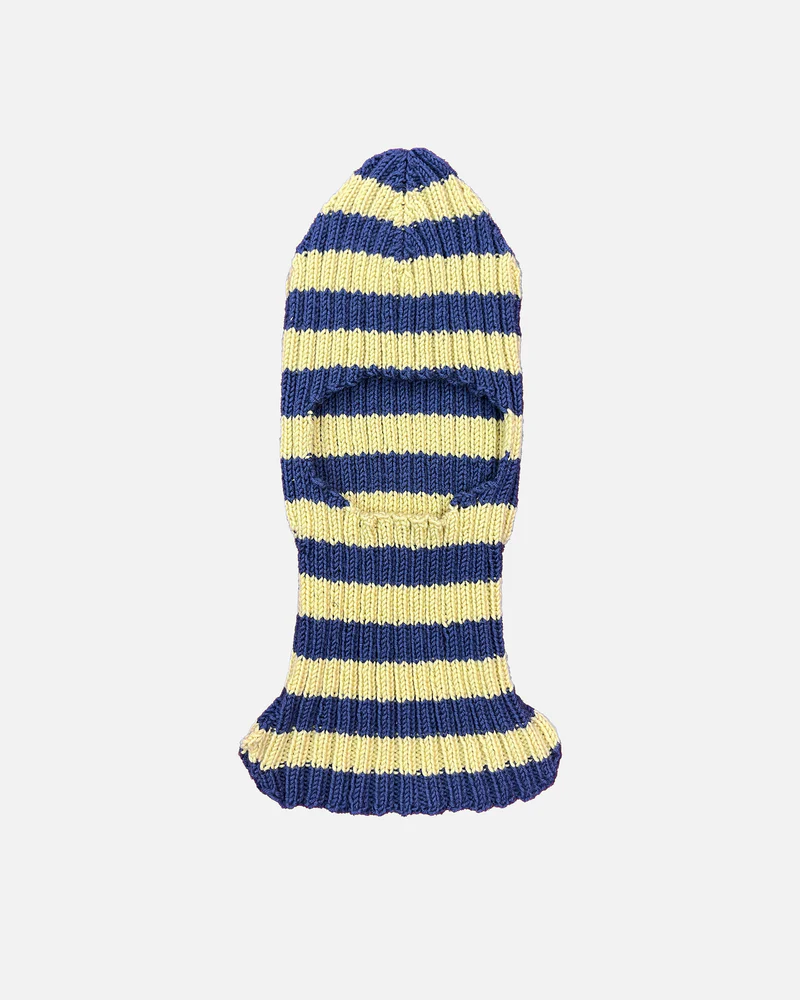In a world obsessed with immediacy, the elegance of preservation has taken on a near-sacred quality. To scent, to store, to soften time itself—these are ancient acts, now reborn in minimalist form. No object embodies this rebirth more exquisitely than the “Carte da Profumo per Lana”—Papers to Scent and Preserve Wool—by Officina Profumo-Farmaceutica di Santa Maria Novella, the legendary Florentine apothecary whose roots stretch back to the year 1221.
Though humble in appearance—small cards nestled within a cream-colored box—the scented wool papers conjure a deeply tactile intimacy. A scent folded into storage, an aromatic guardian of garments, a touch of the baroque within the folds of modern life. This is not simply a functional object. It is a window into a vanished world—and a manifesto for slow, sensorial living in the 21st century.
Santa Maria Novella: Apothecary of Empire and Emotion
Founded by Dominican friars shortly after their arrival in Florence, Officina Profumo-Farmaceutica di Santa Maria Novella began as a monastery pharmacy. They cultivated medicinal herbs in cloister gardens, prepared balms, tonics, and tinctures, and offered their wares to pilgrims, clergy, and aristocrats alike. Over centuries, the apothecary grew into a trusted name in Italian perfumery and pharmacognosy.
By the 17th century, their reputation extended across Europe. Catherine de’ Medici famously brought their perfumes to the French court, and their remedies were praised in both medical texts and aristocratic correspondence. Their early catalogues read like poetry: acqua di colonia, potpourri in damask sachets, vinegars of the four thieves.
The scented wool papers descend from this heritage—not merely a practical tool to ward off moths, but a symbolic gesture: an invisible fragrance threading through time.
The Object Itself: Paper, Perfume, Preservation
At its core, the Santa Maria Novella “Papers to Scent and Preserve Wool” set is comprised of three elements:
-
Scented Cards – Printed with delicate cherubs and gold lettering, each card is infused with a proprietary aromatic formula designed to repel insects and imbue garments with a soft, powdery elegance.
-
Fragrance Atomizer – A 50 ml frosted glass bottle with a golden cap, echoing the house’s historic aesthetic, allows users to refresh the cards with the same signature scent.
-
Box and Label Design – Rooted in Florentine decorative tradition, the box’s vintage artwork evokes 18th-century engravings—angels, bees, heraldic flourishes.
Unlike conventional mothballs or sachets, these papers carry no harsh chemical trace. Their fragrance—an elusive blend of orris root, lavender, sandalwood, and musk—smells like the inside of a grandmother’s cedar wardrobe, filtered through an Italian sunrise.
It is olfactory nostalgia: clean, rounded, antique.
A Fragrant Utility: The Lost Art of Domestic Beauty
To scent wool may seem quaint, even excessive, in today’s utilitarian world. Yet historically, this act was essential.
Before the age of synthetic fabrics, wool garments were treasured investments. Preserving them required knowledge and intention. In Renaissance Italy, it was common to perfume stored cloth with lavender, rosemary, orvet (orris root), and clove—both to deter pests and to mark ownership with a distinct scent.
Over time, these aromatic signatures became social markers. A lady’s cape might smell faintly of violet and myrrh; a merchant’s wool might carry citrus and vetiver. Aromas communicated class, region, even religious belief.
Santa Maria Novella’s papers resurrect this tradition. In doing so, they reject the notion that utility must be ugly or invisible. Function can be fragrant. Practicality can be poetic.
Fragrance Notes and Aromachology
The scent formulation used in the “Carte da Profumo” is both restrained and layered, in keeping with the house’s storied aesthetic. Though the exact recipe is guarded, it is believed to include:
-
Lavender – Known for its natural insect-repellent properties and soothing floral sharpness.
-
Iris (orris root) – A powdery, noble base note, associated with Florentine perfumery since the 1500s.
-
Sandalwood – Adds warmth and woody complexity, acting as both fixative and olfactory anchor.
-
White Musk – A clean skin-scent note, soft and nostalgic.
Together, they do not announce—they linger. They haunt the air like memory. For many, the scent recalls linen closets in Tuscan villas, or museums that smell of waxed wood and faded parchment.
In aromachological terms, these notes evoke calm, protection, intimacy—a “cocooning” scent space ideal for bedroom drawers, garment bags, or steamer trunks.
Culture
The act of preserving scent within fabric occupies a special place in literature.
In Proust’s In Search of Lost Time, it is the flavor of madeleine soaked in tea that triggers memory—but often, it is scent that unlocks whole decades. Fabric, especially wool and lace, absorbs scent like narrative absorbs emotion.
In Virginia Woolf’s Mrs. Dalloway, the protagonist selects a dress and notes its fragrance. The air becomes memory. The object becomes time. That’s precisely what the scented wool papers do—they encode memory into material.
To place a scented card between sweaters is to write a love letter to the future—to declare, “This mattered. This was loved. This deserves to endure.”
Modern Resurgence: Slow Luxury and Eco-Elegance
In the last decade, there has been a growing interest in slow luxury—a philosophy that embraces heritage, craft, and sustainability over spectacle or mass production. Santa Maria Novella’s offerings fit seamlessly into this movement.
The scented wool cards, while traditional, are ecologically thoughtful:
-
Natural fragrance compounds over synthetic repellents
-
Paper-based format replaces plastic-heavy sachets
-
Refillable atomizer reduces waste
As consumers move toward meaningful consumption, objects like these are luxuries of mindfulness—small, beautiful rituals that resist disposability. They make the mundane sacred again.
Contemporary Usage: Beyond Wool, Beyond Italy
While designed for wool storage, the cards and fragrance have found a broader fanbase. Today, they are used to:
-
Scent linen drawers, closets, and suitcases
-
Infuse gift boxes or care packages with a refined aroma
-
Line the pages of a journal or slip into vintage books
-
Personalize car interiors with non-toxic fragrance
Some boutique tailors and clothiers have even begun tucking them into custom garments as a sensory signature—a return to olfactory authorship in apparel.
Flow
The Santa Maria Novella “Papers to Scent and Preserve Wool” are not just tools—they are gestures. Gestures of preservation, of affection, of memory. They ask us to rethink how we treat the objects we love. Not only the garments themselves, but the acts that surround them: folding, wrapping, storing, waiting.
To perfume wool is to declare that nothing is too small for beauty. That even in the silence of a drawer, fragrance speaks.
These cards are tiny custodians of time—inked with angels, steeped in centuries, folded with care. They belong not only in the wardrobes of the elegant but in the lives of anyone who dares to live beautifully and slowly.
No comments yet.








